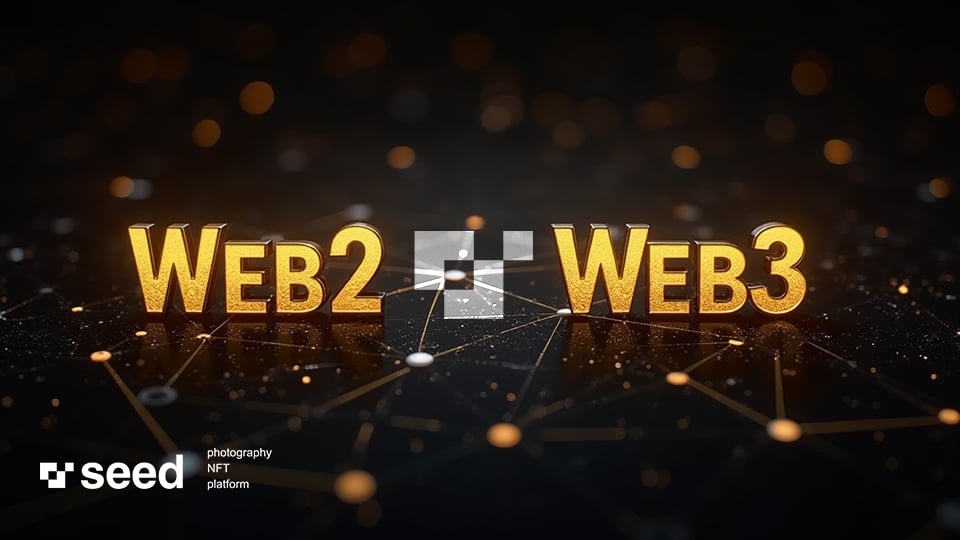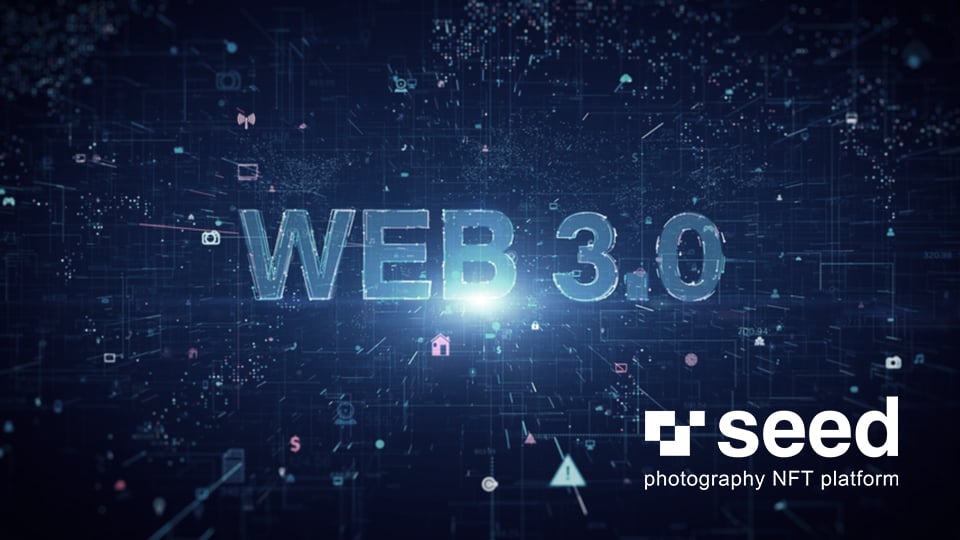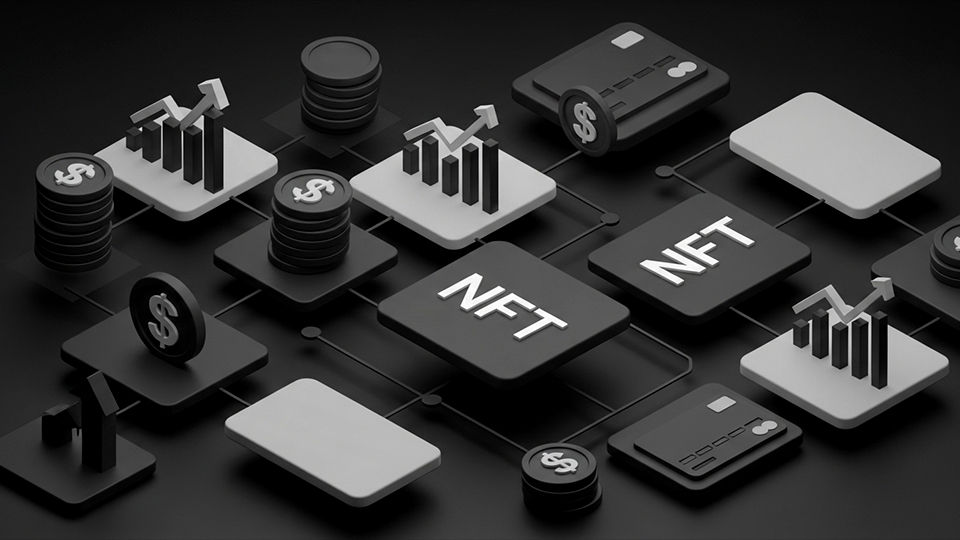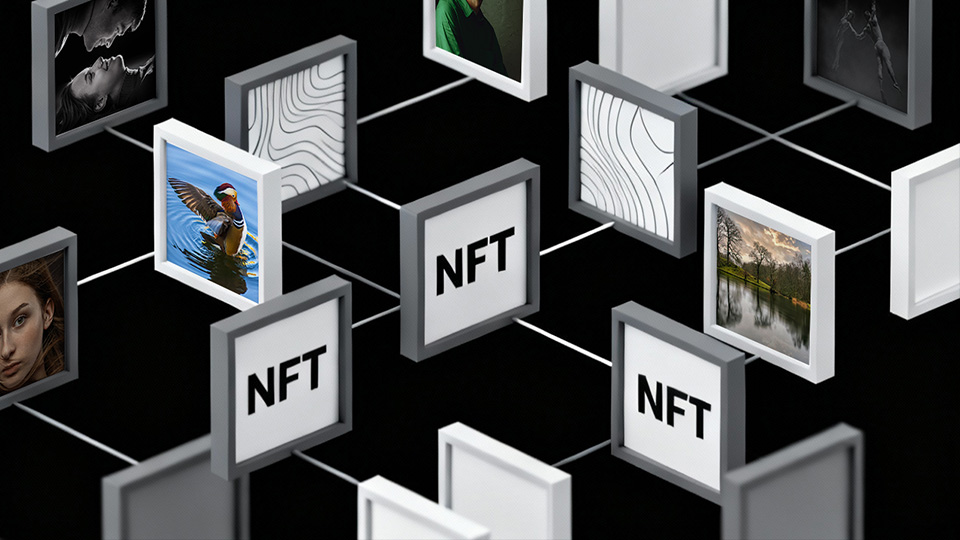The Transition from Web2 to Web3: Differences and Benefits
The internet is undergoing a significant transformation, with Web3 emerging as a decentralized alternative to the centralized model of Web2. Unlike Web2, where tech giants like Google and Amazon control data and access, Web3 redistributes power to users, promoting transparency, security, and autonomy. Let’s explore the transition from Web2 to Web3 and the possibilities it brings.
How the Transition from Web2 to Web3 Reshapes the Internet
Web2 relies on a centralized client-server model where hosting and decision-making are controlled by a few corporations. This setup compromises privacy and security. In contrast, Web3 uses decentralized technologies like peer-to-peer networks and the Interplanetary File System (IPFS), removing the need for central authorities.
Key features of Web3 include:
- Decentralization: Data and power are distributed, not monopolized.
- Permissionless Access: Users can interact freely across platforms without barriers.
- Trustless Architecture: Trust is placed in the network’s design rather than its participants.
Solving Web2 Challenges Through Web3
1. Data Ownership and Security
Decentralization in Web3 gives users full control of their data, reducing reliance on centralized systems vulnerable to hacks and insider leaks. By spreading decision-making across participants, Web3 creates a more resilient and secure internet.
2. Transparency and Resistance to Censorship
Web3 ensures transparency by making all transactions traceable, reducing fraud and tampering. Unlike Web2, where platforms can unfairly censor users, Web3’s governance allows participants to have a say, promoting fairness and autonomy.
3. Automating Systems with Smart Contracts
Smart contracts automate processes in Web3, eliminating middlemen and reducing operational costs. However, rigorous audits are essential to prevent vulnerabilities in these contracts from being exploited.
Empowering Financial Freedom and Creativity
The transition from Web2 to Web3 introduces decentralized finance (DeFi), enabling unrestricted access to financial tools. Transactions primarily occur using cryptocurrencies, offering alternatives to fiat systems.
Web3 also revolutionizes the creator economy through nonfungible tokens (NFTs). Creators can monetize digital assets uniquely and reward communities in ways that weren’t possible in Web2.
Interoperability in Web3
For Web3 to thrive, seamless integration with Web2 systems and interoperability within Web3 is crucial. Technologies like the Ethereum Virtual Machine (EVM) and sidechains make cross-platform data exchange possible, bridging the gap between Web2 and Web3 and expanding the possibilities for users and developers alike.
The Future of Web3
The transition from Web2 to Web3 signifies more than just a technological evolution—it’s a reimagining of how we interact online. By addressing the limitations of Web2, Web3 creates a more transparent, secure, and decentralized internet, unlocking opportunities for privacy, innovation, and empowerment.





